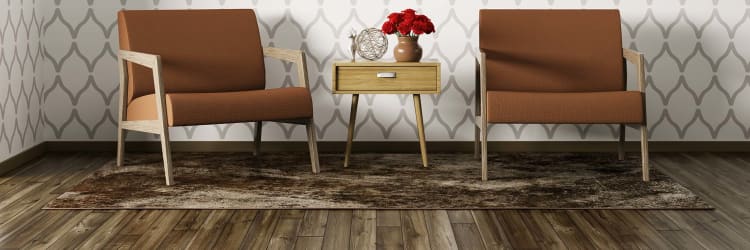What is tongue-and-groove wood flooring?
A traditional tongue and groove installation technique, which is always used with solid hardwood flooring, includes a thin protrusion called the tongue on one of every plank; on the other end of the floorboard is an opening (the groove). They slide together to join, and, in the case of solid hardwood, they form a mat which is then nailed down to attach directly to the subfloor.
A tongue and groove technique enhances appearance. Before its introduction in the late 1800s, planks were nailed directly to the joists, displaying exposed nail heads with a rough, uneven surface. A tongue and groove provide a smooth, level, uniform, and beautiful floor.
To learn more about tongue and groove, feel free to come into our hardwood flooring company, where our experts will be happy to tell you more.
Is it only used for solid hardwood flooring?
No, it can also be used for floating floors and, although mainly associated with flooring, it can also be used on wainscoting or any surfaces where tight, solid seams are required.
If the seams are tight enough and sealed, the surfaces can become highly water-resistant, a characteristic that only applies to on-site, not factory or pre-finished floors.
What are floating floors?
Traditional tongue-and grooves fit into each other to join the floorboards. Floating floors use a similar tongue and groove method, called "Lock and Fold." The pieces have a clicking mechanism to mat and then hover over the subfloor without nails or glue. Unlike solid wood, any subfloor (including concrete) is acceptable.
In business for over 11 years, Roman Floors & Remodeling, with a team of experienced, qualified, skilled flooring installers, can give you a hardwood floor that will become your home's crowning jewel. We boast about our superior customer service, knowledgeable sales and support staff, great prices, and free quotes. Come into our showroom in Redford charter Township, MI, to experience the difference, especially if you live in or around Detroit, Dearborn, Redford, Southfield, and Farmington.









